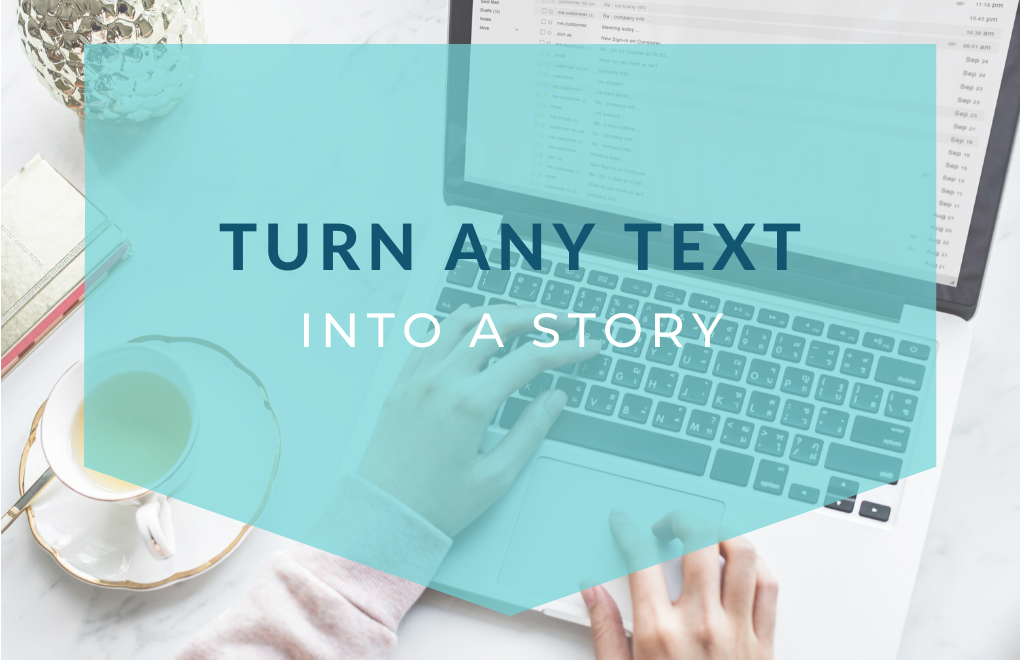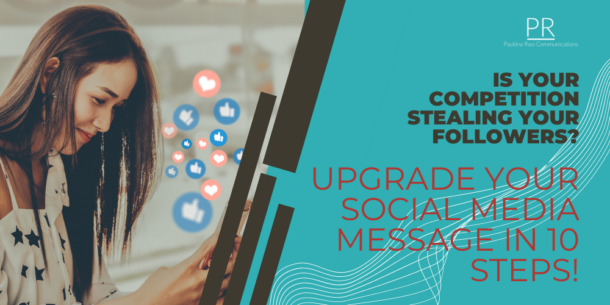How to transform any piece of text into a compelling story your reader cannot quit?
When I was young, my parents subscribed to Reader’s Digest. It was an annual gift from my grandmother to my father, even though I am not sure if I ever saw my father reading it. But I sure did.
Back at that time, most of the pages were filled with true stories of traumatic accidents, life-changing events and people overcoming adversity. I curled up in the corner of my parents’ 20-year old sofa and leafed through the latest copy, desperate to find one more story I still hadn’t read.
When I moved away from my parent’s house to start my studies, my passion faded, and I was too busy with my course books at the university anyway. It wasn’t until years later, when I was becoming a professional writer and editor, that I started wondering how exactly they made those stories so capturing.
Why you need stories
When I dove deeper into the topic I found out that similar storytelling structures can be found in almost any text. Of course at the first glance it might be difficult to find common points between a story of a loyal family dog rescued from a fire and the latest Apple product launch – but surprisingly, there are many.
There is a reason why storytelling is such an important element in communication and marketing. We are wired for stories. They touch us in an emotional sense and make it easier to remember things. That’s crucial in these times when we are bombarded with content and information constantly.
Simply put: if you tell about your business in the form of stories, you’ll have a better chance to cut through the noise, make your point – and make a sale.
Heroes and villains
Apple founder Steve Jobs was known to master the art of storytelling and the concept of hero’s journey. It’s one of the most common storytelling structures and it’s based on an idea of introducing a hero, a villain and an obstacle to overcome.
For Steve Jobs in the first iPhone launch in 2007, the obstacle was the fact that other smart phones of the time were not so easy to use. He referred to competitors’ products as “culprits” and “suspects” – whereas the new iPhone was presented as a solution to the crime.
By inserting his own product and the competition’s products in this old narrative, he managed to make a clear point that also hit the emotional nerve, creating a will to be on the winner’s side – and buy Apple’s products.
Do It Yourself
Let’s try with your product. The key problem you solve is your villain. For example, weight-loss app Noom helps you to maintain a healthy lifestyle long-term. The enemy in their case is the fact that it’s too easy to give up with our lifestyle improvements and too hard to keep up in the long run. They use this positioning in all their communications from website to social media to ads.
At the same time, they position themselves as the solution: with the help of their app you can overcome the villain impulse to give up. Their app makes it easy and effortless to make lasting changes in your diet or workout schedule.
Now have a look at your business. What is the core problem you are solving for your customer? That will be the villain of your story – and you will be the hero.
Duplicate the message
Once you’ve identified the key players in your story, it’s time to take action. Keep it simple: repeat the same storyline in all your communications.
It works in your About Me page, on social media copy and landing pages. On product presentations, sales pitches and in networking events – when you explain what your venture is all about.
Rehearse it, refine it, republish it. Along the way, you will find out which version of your story makes its way to people’s minds and stays there.








Recent Comments